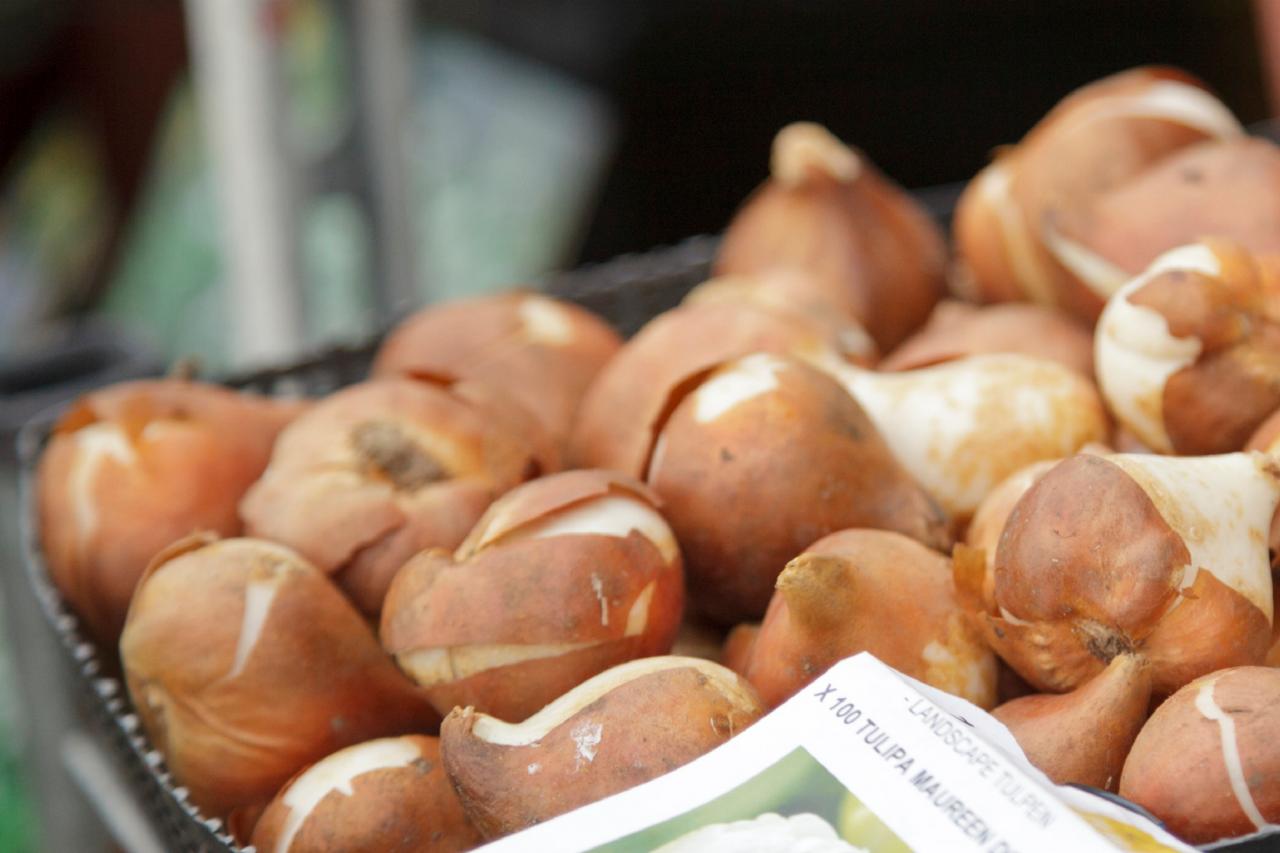

Articles
How To Store Tulip Bulbs
Modified: February 23, 2024
Learn the best techniques for storing tulip bulbs with our informative articles. Discover how to keep your bulbs healthy and ready for planting.
(Many of the links in this article redirect to a specific reviewed product. Your purchase of these products through affiliate links helps to generate commission for Storables.com, at no extra cost. Learn more)
Introduction
Tulips are beautiful and vibrant flowers that have been cherished for centuries. Their variety of colors and elegant shapes make them a popular choice for gardens and flower arrangements alike. If you want to enjoy the beauty of tulips year after year, it’s important to learn how to store tulip bulbs properly during their dormant period.
Storing tulip bulbs is crucial to ensure their health and success in future growing seasons. By providing them with the right conditions and care, you can preserve the bulbs and guarantee a stunning display of tulips when the next growing season arrives.
In this article, we will guide you through the process of storing tulip bulbs. From choosing the right bulbs to monitoring and maintaining them, we will provide you with all the necessary information to store your tulip bulbs successfully.
Key Takeaways:
- Choose high-quality, disease-resistant tulip bulbs and store them in well-drained containers or ground for vibrant blooms. Monitor temperature, moisture, and pests to ensure successful storage and future growth.
- Prepare tulip bulbs by trimming, drying, and inspecting before storing. Opt for containers or ground storage, and maintain optimal conditions for healthy, vibrant tulip displays year after year.
Read more: How To Store Tulip Bulbs In The Refrigerator
Choosing the Right Tulip Bulbs
When it comes to storing tulip bulbs, the first step is to select the right bulbs. Choosing high-quality bulbs will ensure better success when it’s time for them to bloom in the future. Here are some key factors to consider when selecting tulip bulbs:
- Size: Larger bulbs tend to produce larger and more robust flowers. Look for bulbs that are firm and plump, as they indicate healthy growth potential.
- Variety: There are countless varieties of tulips available, each with its own unique characteristics. Consider the colors, shapes, and heights of the tulips you want to grow and choose bulbs accordingly.
- Species: Tulips can be classified into different species, such as Single Early, Triumph, Darwin Hybrid, and Parrot. Each species has its own bloom time and characteristics, so research the species that align with your preferences.
- Resistance: Some tulip varieties are more resistant to diseases and pests than others. Look for bulbs labeled as disease-resistant to increase the chances of a successful bloom.
It’s important to purchase tulip bulbs from a reputable supplier to ensure their quality and authenticity. Avoid bulbs that are soft, moldy, or show signs of damage. Inspect the bulbs carefully for any signs of rot or disease.
Consider the climate in your region as well when selecting tulip bulbs. Different varieties of tulips have different temperature requirements for optimal growth. Choose bulbs that are suitable for the climate in your area to increase their chances of success.
By choosing the right tulip bulbs, you set the foundation for successful storage and future growth. Take the time to research and select the best bulbs for your desired tulip display.
Preparing Tulip Bulbs for Storage
Before you store your tulip bulbs, it’s important to properly prepare them to ensure their viability and health during the dormant period. Here are the steps to follow when preparing tulip bulbs for storage:
- Timing: Wait until the foliage of your tulips has withered completely before digging up the bulbs. This typically occurs in early summer, but it’s important to consult the specific guidelines for the tulip variety you have.
- Trimming: Once the foliage has withered, use clean and sharp scissors to trim the stems to about 1-2 inches above the bulb. This helps prevent any excess moisture from reaching the bulb during storage.
- Drying: After trimming, allow the bulbs to dry in a well-ventilated area for a few days. Placing them on a screen or a tray with good airflow helps them dry out properly.
- Cleaning: Gently remove any soil and debris from the bulbs. Be careful not to damage or remove the papery outer skin of the bulb, as this protective layer helps maintain its health during storage.
- Inspecting: Take the time to inspect each bulb for any signs of damage, disease, or pests. Discard any bulbs that appear unhealthy or compromised to prevent potential issues in storage.
It’s important to note that tulip bulbs require a period of dormancy in order to renew their energy for the next growing season. By following these steps, you help prepare the bulbs for a successful storage period and ensure their vitality when it’s time to plant them again.
Storing Tulip Bulbs in Containers
Storing tulip bulbs in containers is a popular method, especially for those with limited garden space or who want more control over the storage conditions. Here’s how to store tulip bulbs in containers:
- Choosing the Container: Select a container that is clean and has drainage holes to prevent excess moisture. The size of the container will depend on the number of bulbs you have.
- Preparing the Container: Fill the container with a well-draining potting mix. You can mix in some perlite or sand to improve drainage.
- Arranging the Bulbs: Place the tulip bulbs in the container, leaving some space between them to allow for air circulation. You can arrange them in a single layer or stack them on top if you have a deep container.
- Marking: Label the container with the tulip variety and the date of storage. This will help you keep track of the bulbs and their storing duration.
- Storage Location: Find a cool and dark location for the container. A basement, garage, or refrigerator set at a temperature between 35°F and 45°F (1.7°C and 7.2°C) is ideal for tulip bulb storage.
It’s important to check on the bulbs periodically during the storage period to ensure they are not drying out or developing rot. If the soil feels dry, lightly water the container. However, be cautious not to overwater, as this can cause bulb rot.
When it’s time to plant the tulip bulbs again, simply remove them from the container, taking care not to damage the roots or shoots that may have started to grow. Plant them in the garden or in pots, and soon enough, you’ll have a beautiful display of tulips.
Storing tulip bulbs in containers provides convenience and allows you to monitor and control the storage conditions more effectively. It’s a great option for those who want to ensure the success of their tulip bulbs year after year.
After the tulip bulbs have finished blooming, allow the foliage to die back naturally. Once the foliage has turned yellow and dried out, carefully dig up the bulbs and store them in a cool, dry place until it’s time to replant them in the fall.
Storing Tulip Bulbs in the Ground
If you prefer a more natural approach to storing tulip bulbs, you can opt to store them directly in the ground. This method mimics the conditions they would experience in nature. Here’s how to store tulip bulbs in the ground:
- Choosing the Location: Select a location in your garden where the soil drains well and receives adequate sunlight. Avoid areas prone to waterlogging or excessive shade.
- Preparing the Soil: Before planting, prepare the soil by loosening it and removing any weeds or stones. This will create a suitable environment for the bulbs.
- Planting: Dig a hole that is two to three times deeper than the height of the bulb. Place the bulbs pointy side up in the hole, spacing them a few inches apart. Cover the bulbs with soil and gently pat it down to ensure good soil-to-bulb contact.
- Marking: Mark the area where you planted the tulip bulbs so that you can easily locate them when it’s time to retrieve them.
- Protection: To prevent the bulbs from being damaged by frost or animals, cover the planting area with a layer of mulch or straw. This will provide insulation and protect the bulbs during the winter months.
It’s important to note that storing tulip bulbs in the ground is generally more suitable for regions with cold winters. In areas with mild or warm winters, it’s recommended to use the container storage method instead to ensure the bulbs receive the required temperature for dormancy.
In the spring, when the weather starts to warm up and the threat of frost has passed, you can dig up the stored bulbs from the ground. Gently lift them from the soil, being careful not to damage the bulbs and any new shoots that may have emerged. Store them properly until the next planting season or replant them immediately.
Storing tulip bulbs in the ground offers a simple and natural storage solution. It allows the bulbs to experience the natural temperature fluctuations and moisture levels, which can promote better growth and bloom in the following year.
Read more: How To Store Tulip Bulbs Over Summer
Monitoring and Maintaining Stored Tulip Bulbs
Once you have stored your tulip bulbs, it’s important to monitor and maintain them throughout the storage period to ensure they remain healthy and viable. Here are some key steps to follow:
- Temperature Control: Regularly check the storage location temperature to ensure it remains within the optimal range for tulip bulbs. Fluctuations or extreme temperatures can impact the bulbs’ health. Adjust the storage location if necessary to maintain a consistent temperature.
- Inspecting for Rot or Mold: Periodically inspect the stored bulbs for any signs of rot or mold. Discard any bulbs showing such symptoms immediately to prevent the spread of disease to the other bulbs. Proper ventilation and a dry storage location can help minimize the risk of rot.
- Moisture Management: Monitor the moisture levels in the storage environment. Aim for a balance between keeping the bulbs sufficiently hydrated and preventing excessive moisture that can lead to rotting. If the storage area becomes too dry, consider using a humidifier or lightly mist the area to provide some moisture.
- Avoiding Desiccation: Prevent the bulbs from drying out excessively by covering them with a layer of damp peat moss or vermiculite. This will help retain moisture around the bulbs without causing them to become overly wet.
- Avoiding Pests: Keep an eye out for pest infestations in the storage area. Pests such as mice or insects can damage or devour the stored bulbs. Consider using natural pest deterrents or traps to protect your tulip bulbs.
Regularly checking and maintaining the stored tulip bulbs will ensure their health and increase the chances of successful growth and bloom in the coming growing season. With proper care and attention, you can enjoy a beautiful display of tulips year after year.
Tips and Tricks for Successful Tulip Bulb Storage
To maximize the success of your tulip bulb storage and ensure healthy blooms in the future, here are some additional tips and tricks to consider:
- Labeling: Keep track of the tulip bulb varieties and storage dates by labeling your containers or marking the planting areas. This will help you stay organized and make it easier to identify the bulbs when it’s time to retrieve or replant them.
- Optimal Storage Conditions: Tulip bulbs prefer cool and dark environments for storage, with temperatures between 35°F and 45°F (1.7°C and 7.2°C). Avoid exposing the bulbs to direct sunlight or extreme temperature fluctuations, as these can negatively impact their viability.
- Ventilation: Provide proper ventilation in the storage area to prevent the buildup of excess moisture. Good airflow helps discourage the growth of mold and rot, keeping the bulbs healthy during their dormant period.
- Long-Term Storage: If you need to store tulip bulbs for an extended period, consider checking on them occasionally and refreshing the storage environment if needed. This can include lightly misting the area to maintain moisture levels or adding fresh damp peat moss or vermiculite.
- Repotting: If you store tulip bulbs in containers, consider repotting them every few years to refresh the growing medium and provide fresh nutrients. This can help maintain the bulbs’ vitality and promote better flowering.
- Curing: Some gardeners recommend curing tulip bulbs for a few days after digging them up, allowing the skin to harden and reduce the risk of rot. However, this step is not essential and depends on personal preference and the specific storage conditions.
- Check Bulbs Regularly: Regularly inspect the stored bulbs to check for signs of disease, rot, or pests. Early detection can help prevent the spread of issues and preserve the health of the other bulbs.
By following these tips and tricks, you can optimize the storage conditions for your tulip bulbs and increase the chances of successful growth and blooming. Remember, each gardener may have their own methods and preferences, so feel free to experiment and adjust your storage approach based on your specific needs and conditions.
Conclusion
Storing tulip bulbs properly is essential for maintaining their health and ensuring beautiful blooms in the future. By following the steps outlined in this article, you can store your tulip bulbs with confidence and increase their chances of success:
First, choose high-quality bulbs that are firm, plump, and disease-resistant. Take the time to research different tulip varieties and select the ones that best suit your preferences and growing conditions.
When it’s time to prepare the bulbs for storage, trim the foliage, allow them to dry, and gently clean them. Inspect each bulb for any signs of damage or disease and discard any unhealthy bulbs.
There are two popular methods for storing tulip bulbs: in containers or in the ground. Choose the method that best suits your space and preferences. If storing in containers, choose a well-drained potting mix, arrange the bulbs with spacing, label the container, and store in a cool, dark location. If storing in the ground, choose a suitable planting location, prepare the soil, plant the bulbs at the appropriate depth, cover with mulch, and mark the area for easy retrieval.
Throughout the storage period, monitor the temperature, inspect for rot or mold, manage moisture levels, and protect the bulbs from pests. Regularly check on the bulbs and make any necessary adjustments to ensure they remain healthy and viable.
By implementing these tips and tricks, you can optimize the success of your tulip bulb storage and look forward to vibrant and stunning displays of tulips year after year.
Remember, each gardener may have their own preferences and techniques for storing tulip bulbs. Feel free to experiment and adapt these guidelines to best suit your specific needs and growing conditions.
Happy tulip bulb storage, and may your future tulip displays be a sight to behold!
Frequently Asked Questions about How To Store Tulip Bulbs
Was this page helpful?
At Storables.com, we guarantee accurate and reliable information. Our content, validated by Expert Board Contributors, is crafted following stringent Editorial Policies. We're committed to providing you with well-researched, expert-backed insights for all your informational needs.
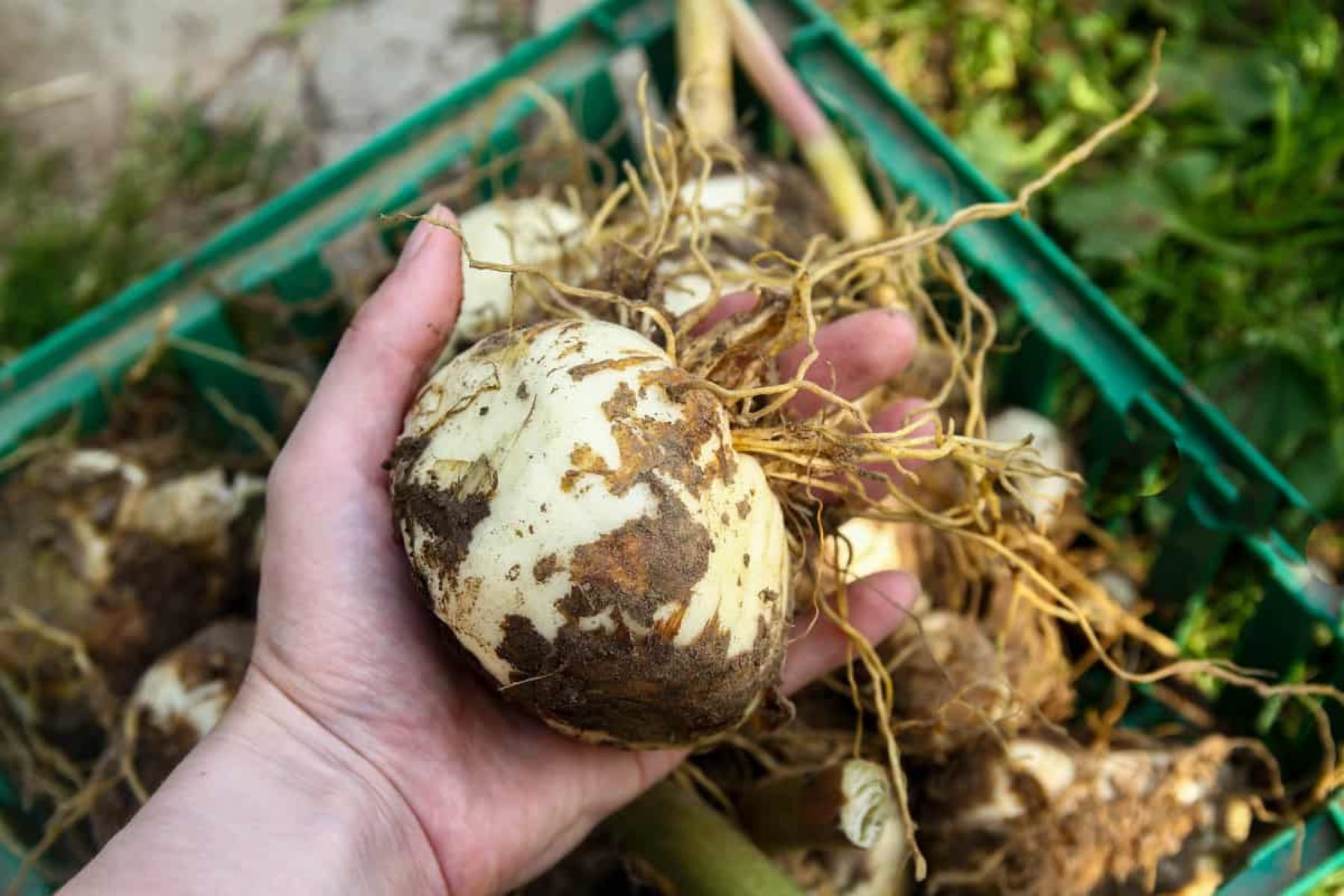
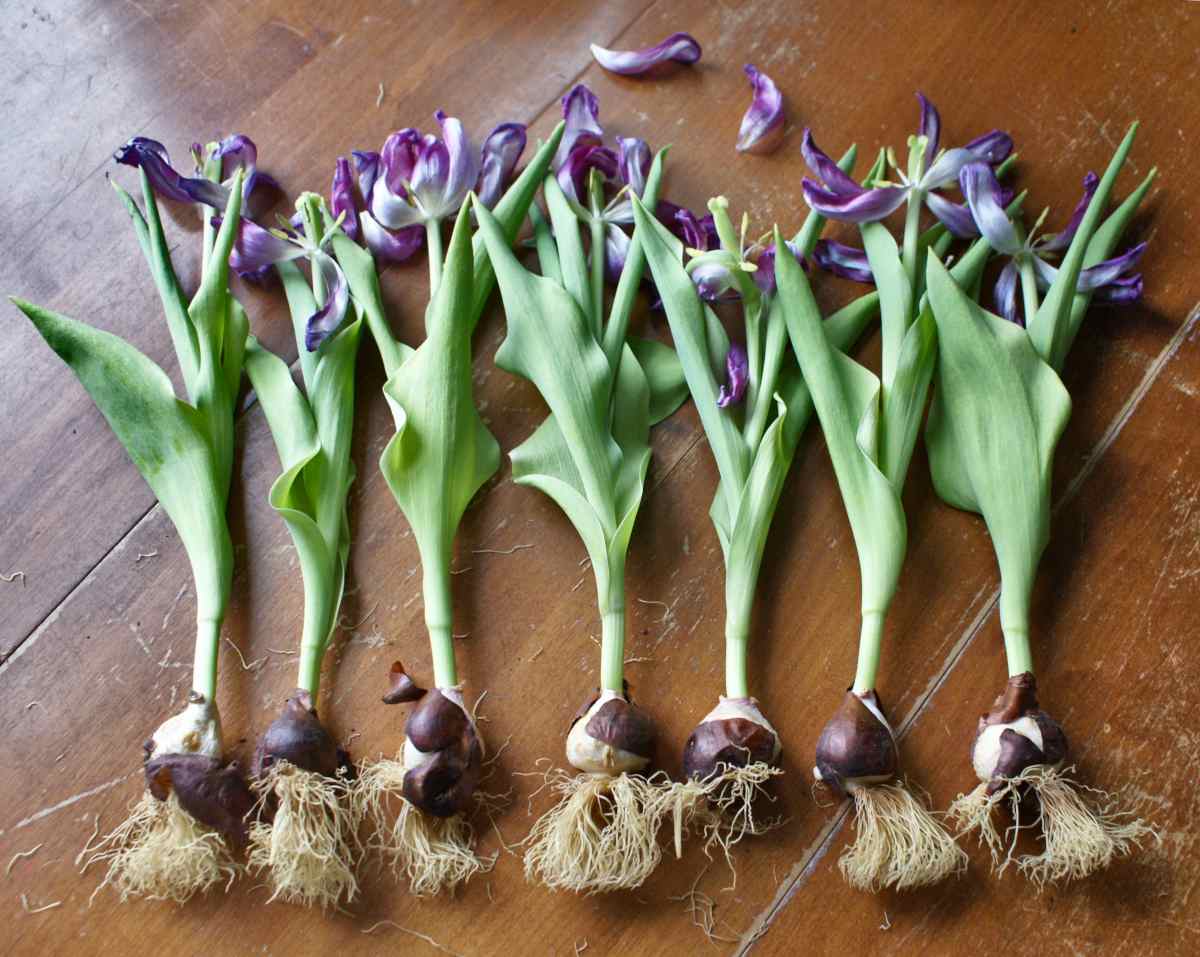
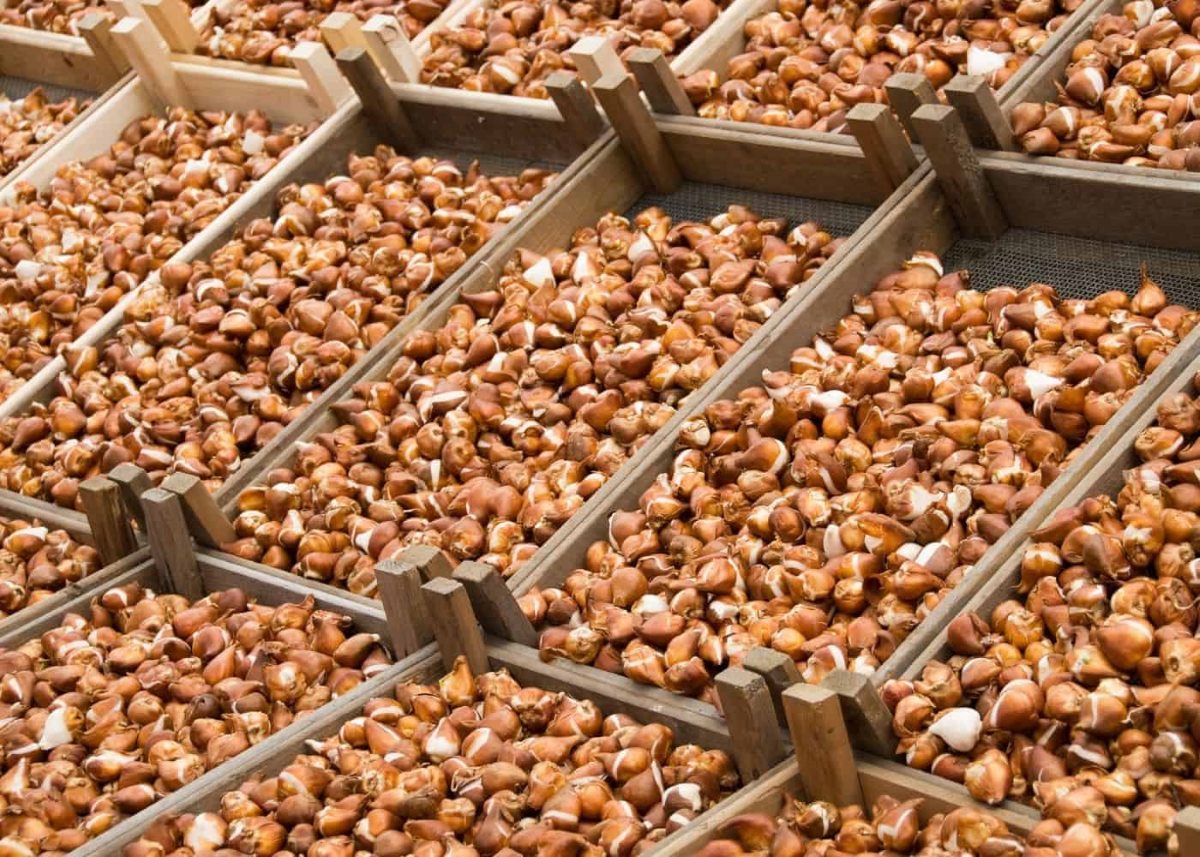
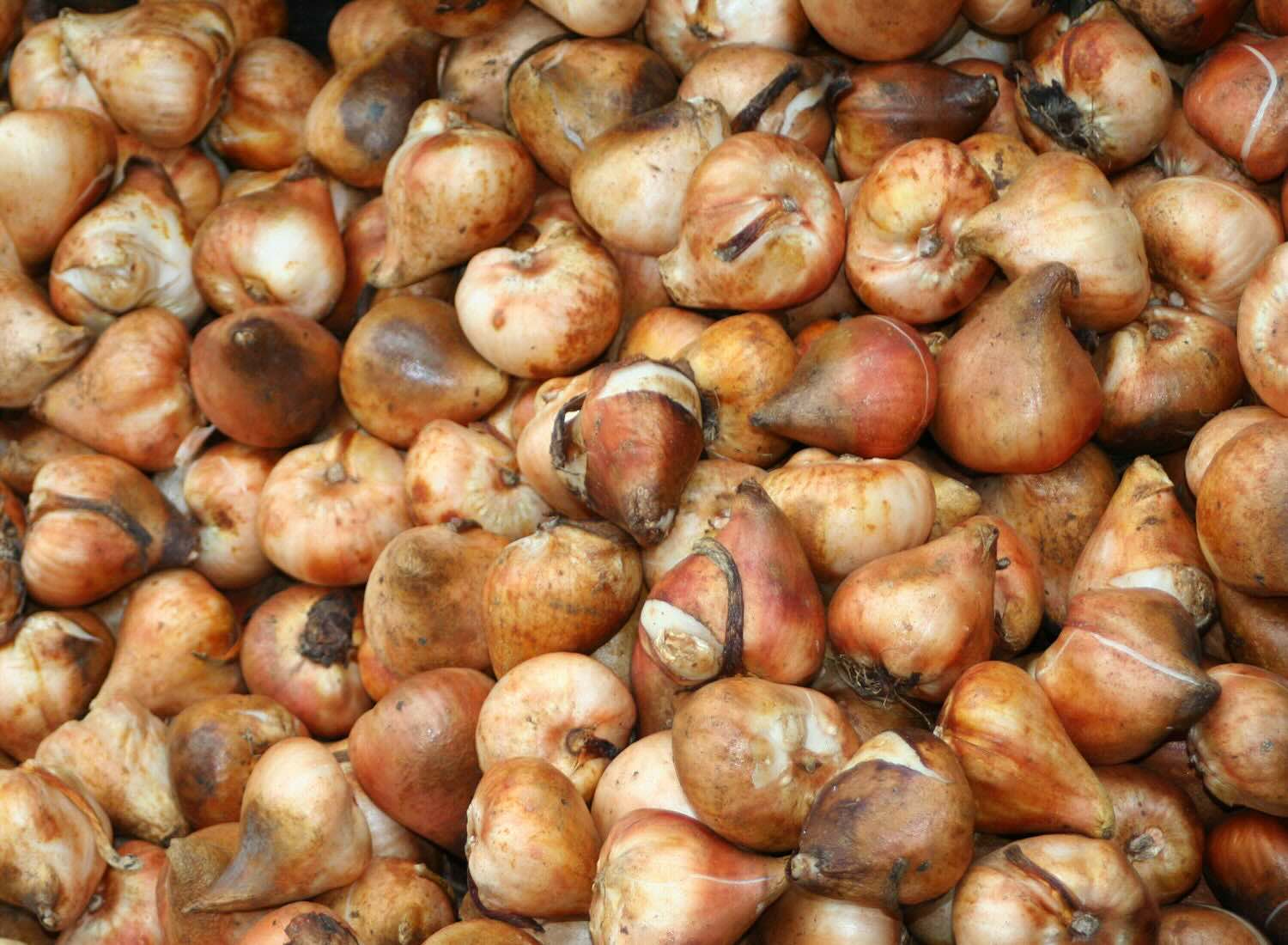
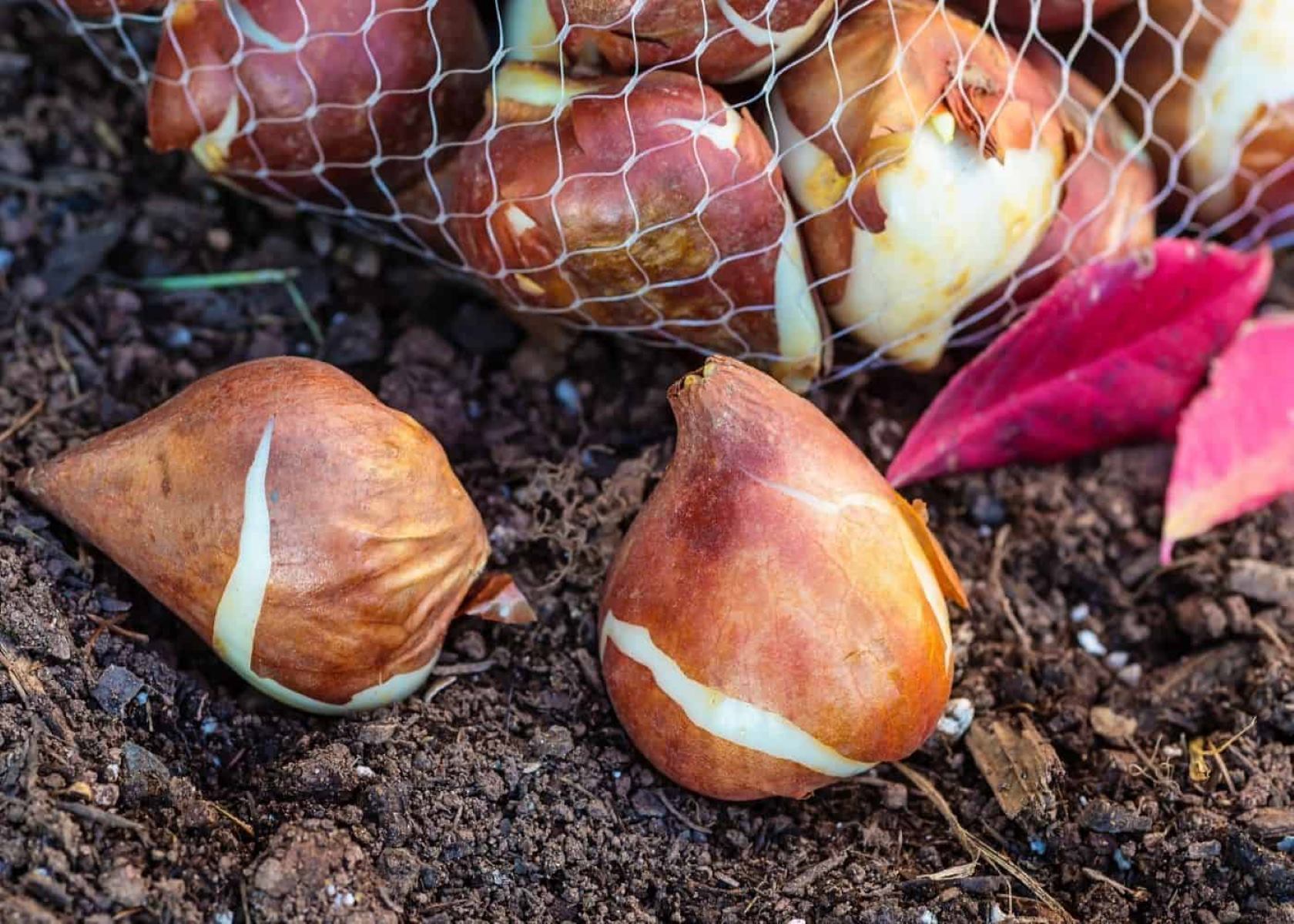
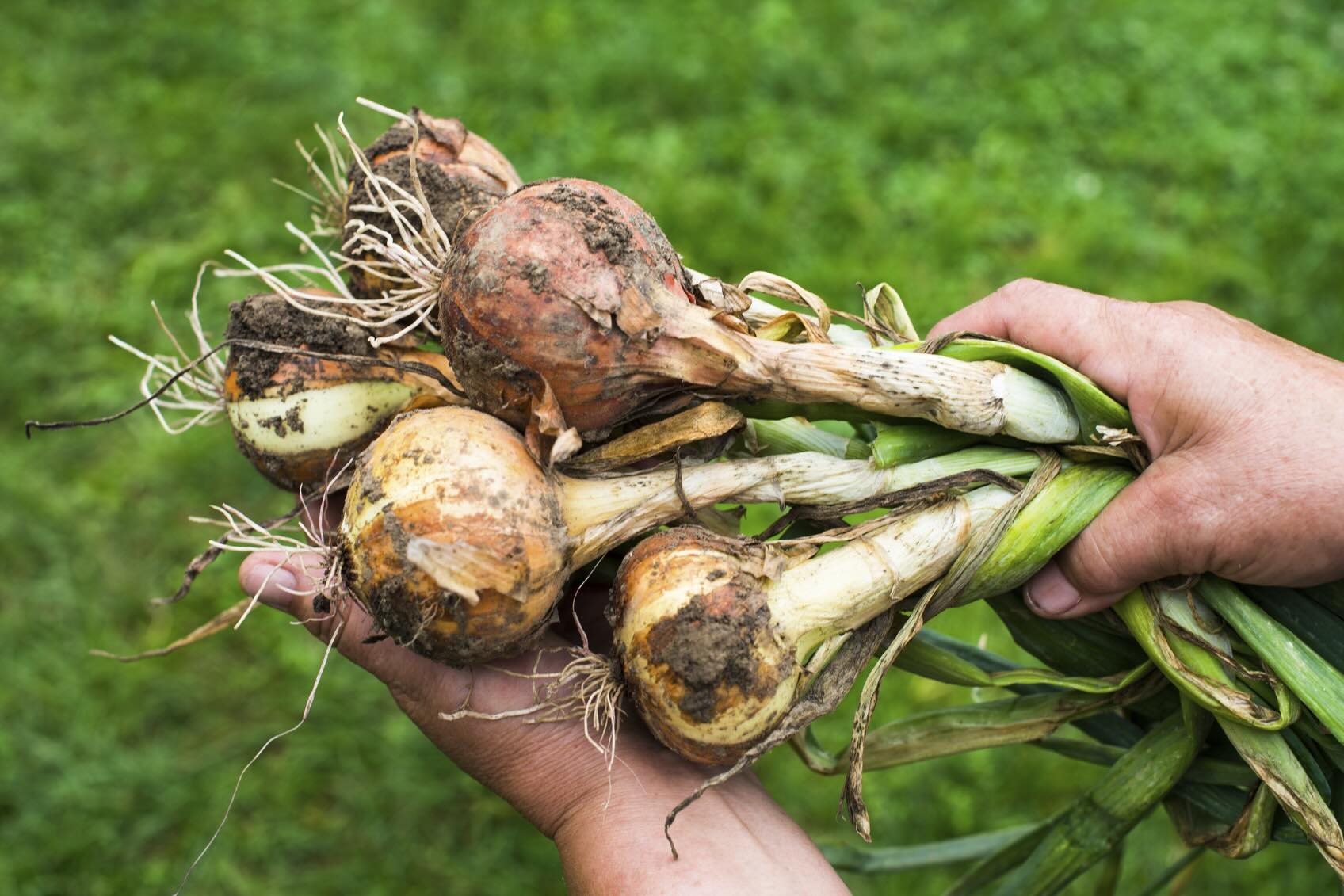
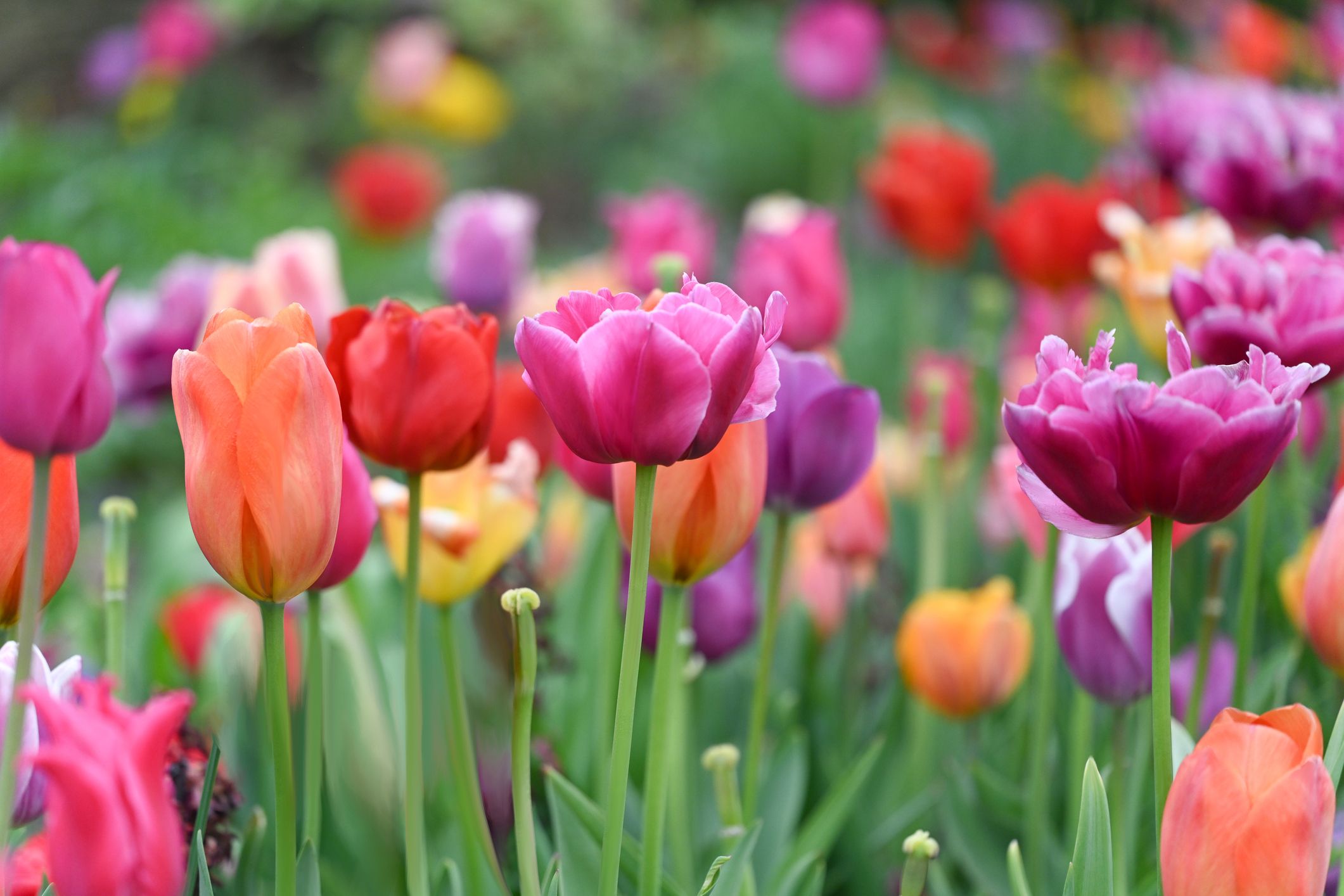
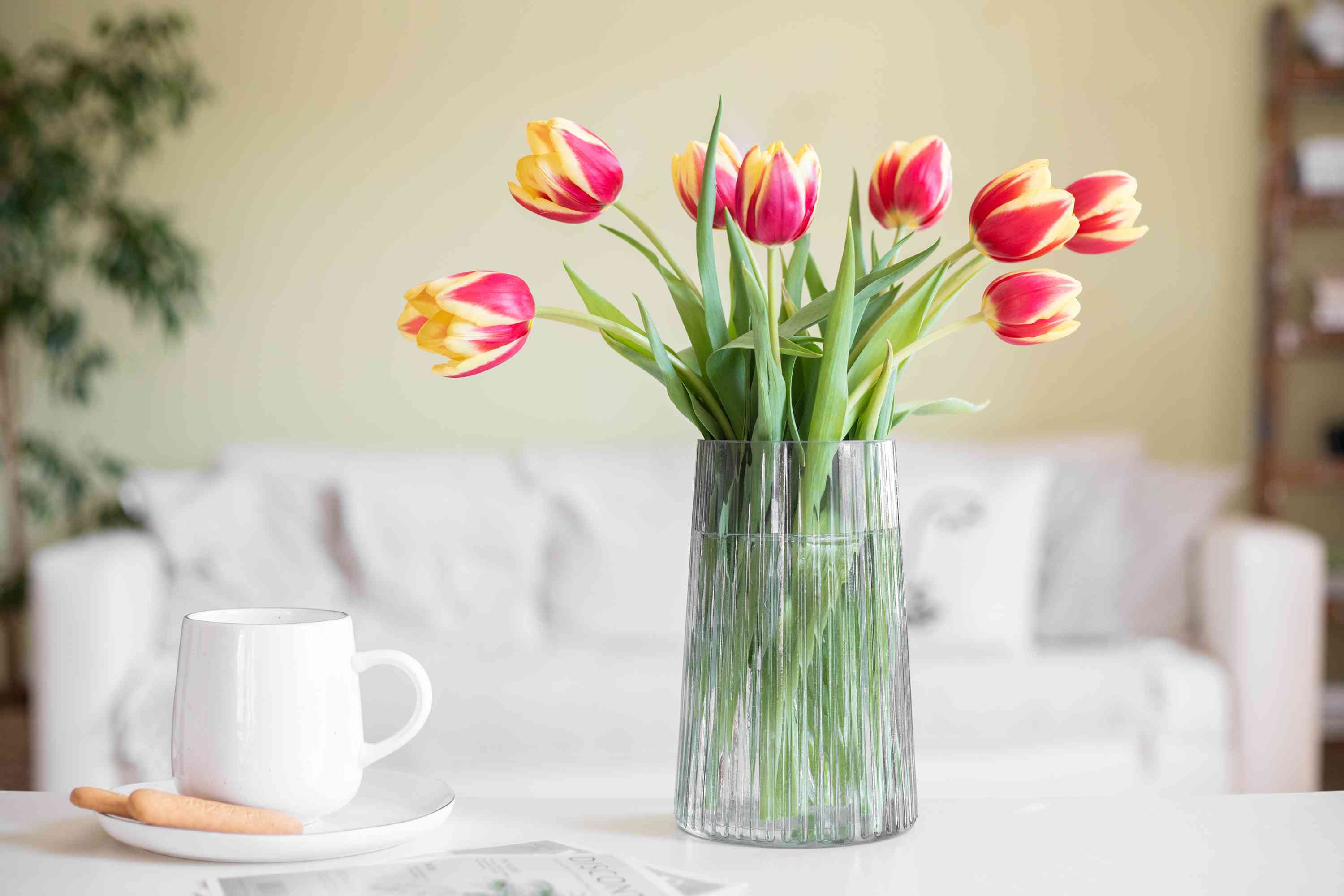
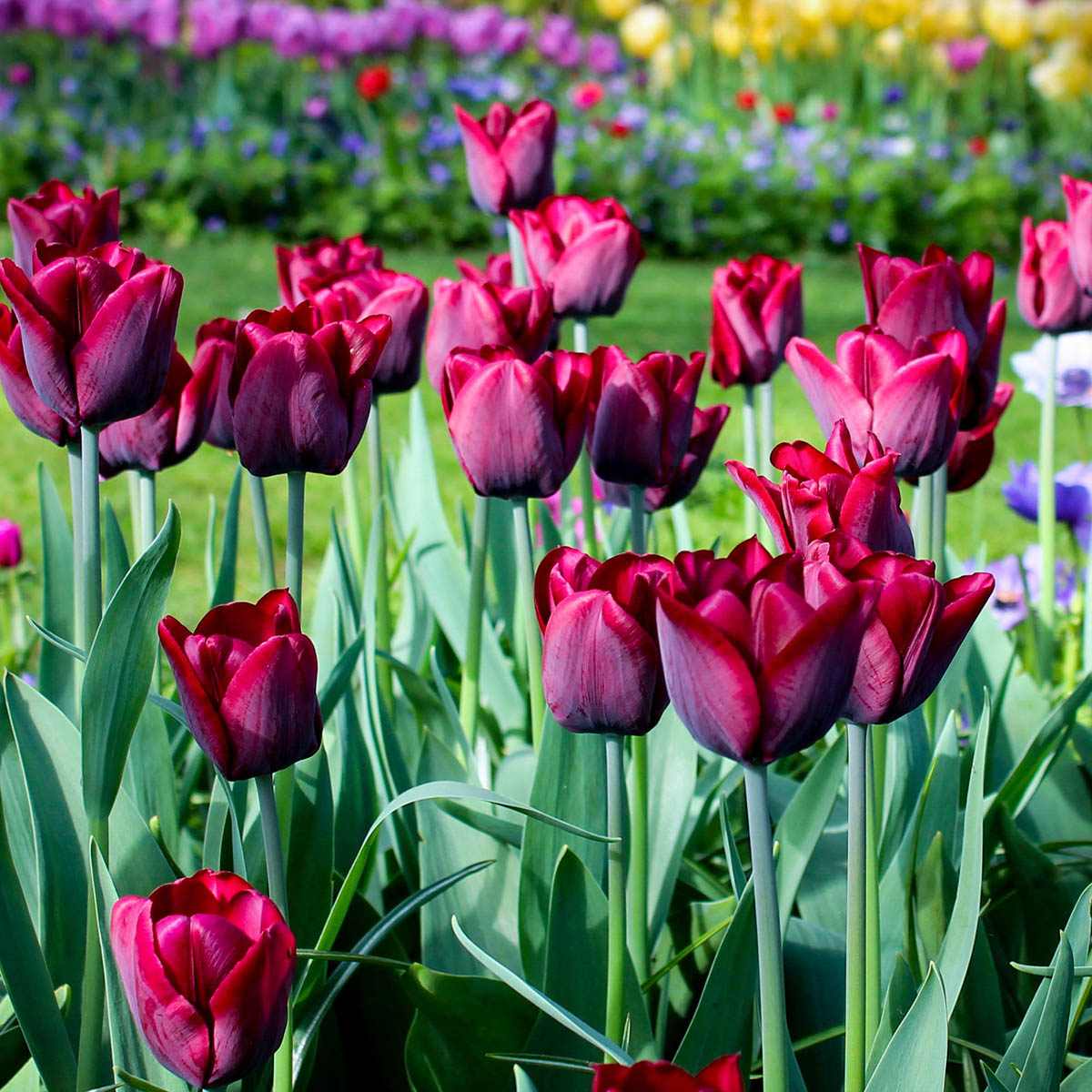



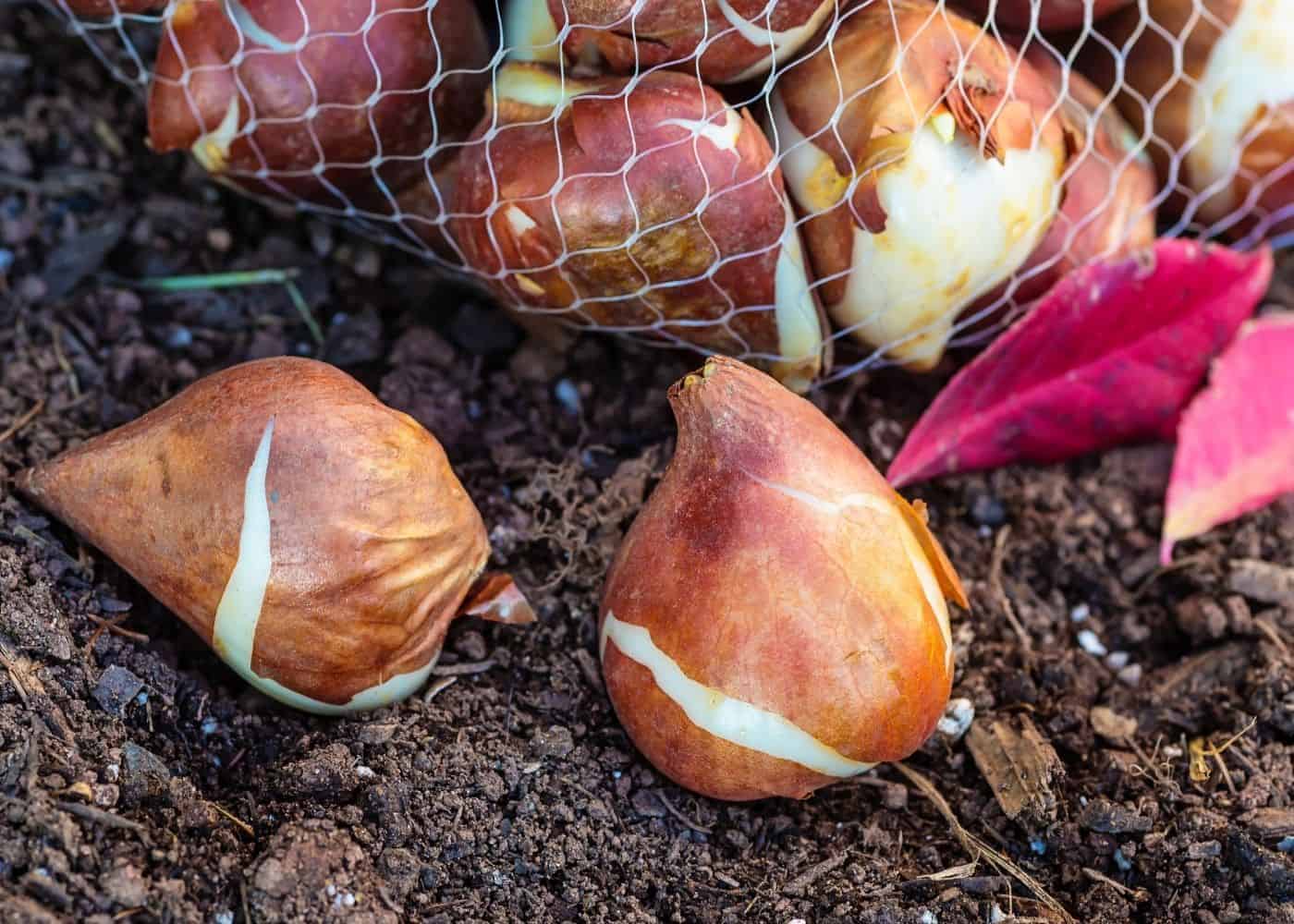


0 thoughts on “How To Store Tulip Bulbs”